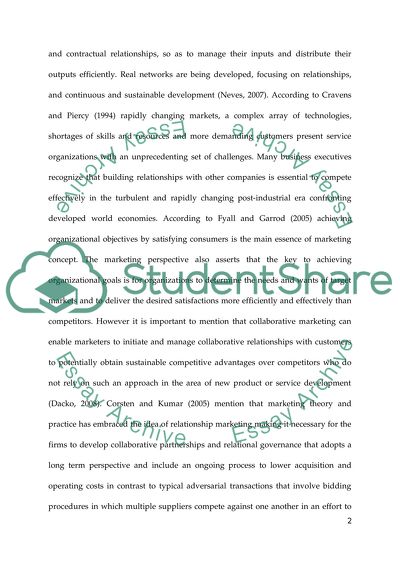Cite this document
(“Business: Tourism and Hospitality Marketing Essay”, n.d.)
Retrieved de https://studentshare.org/marketing/1390705-business-tourism-and-hospitality-marketing
Retrieved de https://studentshare.org/marketing/1390705-business-tourism-and-hospitality-marketing
(Business: Tourism and Hospitality Marketing Essay)
https://studentshare.org/marketing/1390705-business-tourism-and-hospitality-marketing.
https://studentshare.org/marketing/1390705-business-tourism-and-hospitality-marketing.
“Business: Tourism and Hospitality Marketing Essay”, n.d. https://studentshare.org/marketing/1390705-business-tourism-and-hospitality-marketing.


